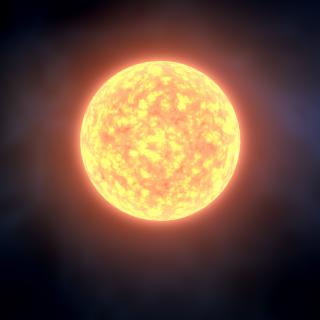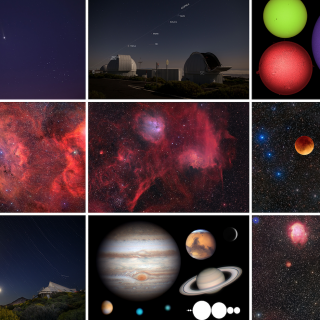
Today, January 30th, several meeings took place between the Commissioner of the Strategic Proyect for the Recovery and Economic Transformation of Microelectronics and Semiconductores (PERTE chip), Jaime Martorell, and entities within the sector in the Island of Tenerife, at the premises of the Instituto de Astrofísica de Canarias (IAC). The meetings were chaired by the Counselor for Economic knowldege and Employment of the Canary Government, Elena Mañez, and were attended by the Director of the IAC, Rafael Rebolo, and the Director of the Canary Agency for Research, Innovation, and the
Advertised on



